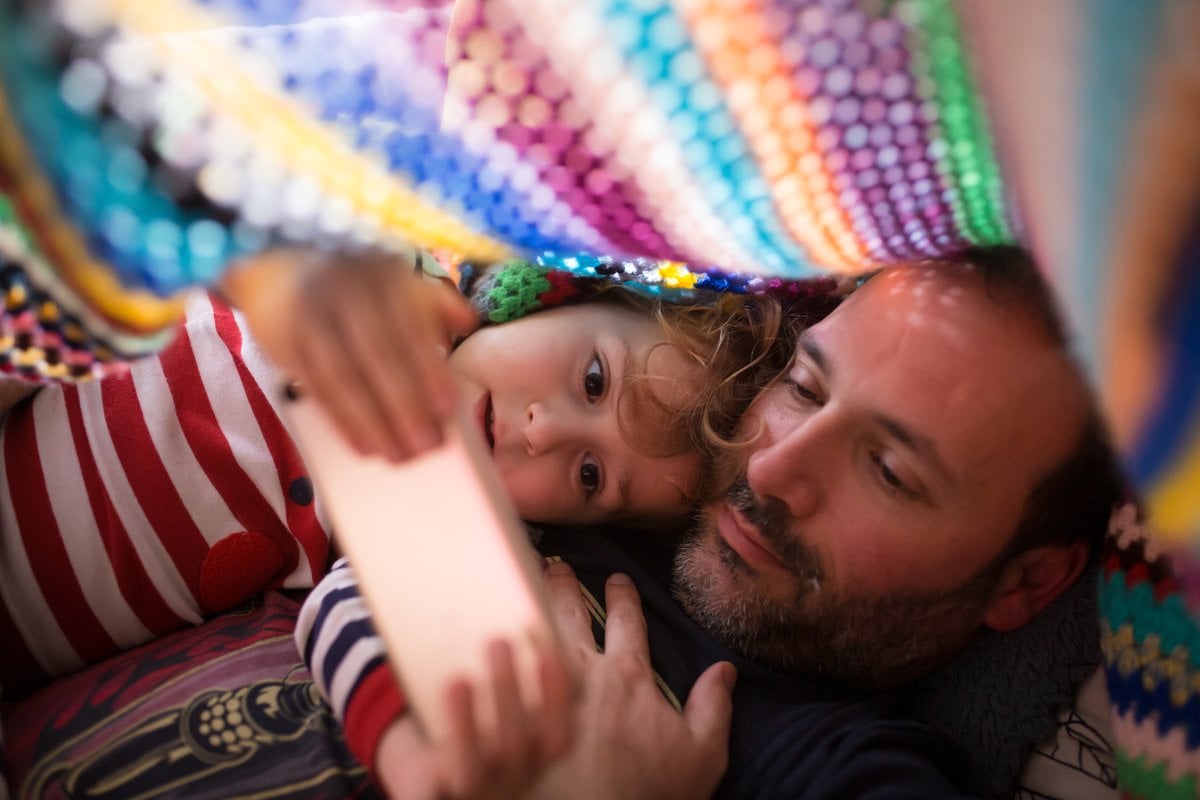
"How many more times can I pretend to smile about these new kids shoes?" I asked myself as my two-year-old daughter tore down our hallway, bumping off the walls to steady herself.
If you’re anything like me, we’re so caught up picturing what’s coming up, needs to be done, or is due soon, that it can be a struggle to be present, especially when we’re talking to kids.
Especially when it involves showing you how fast they can run in their new shoes – for the thirtieth time.
Watch: The horoscopes homeschooling their kids. Post continues below.
Over the years as a dad, teacher, school leader, and teaching coach, I've noticed adults often miss opportunities to really connect with kids.
Not every moment with kids or students is as simple or low key as stomping in new shoes.
Some situations can be highly emotional, heightened and intense. Where people – kids and adults alike – have been escalated, excited, and on edge.
From heartbreaking and upsetting situations after chairs have been thrown across classrooms, fights have rampaged, or students have broken down in tears, to moments where people break into that very rare smile – the "Aha!" smile – of pride and elation after they’ve achieved something so incredible they’ve astounded themselves.


